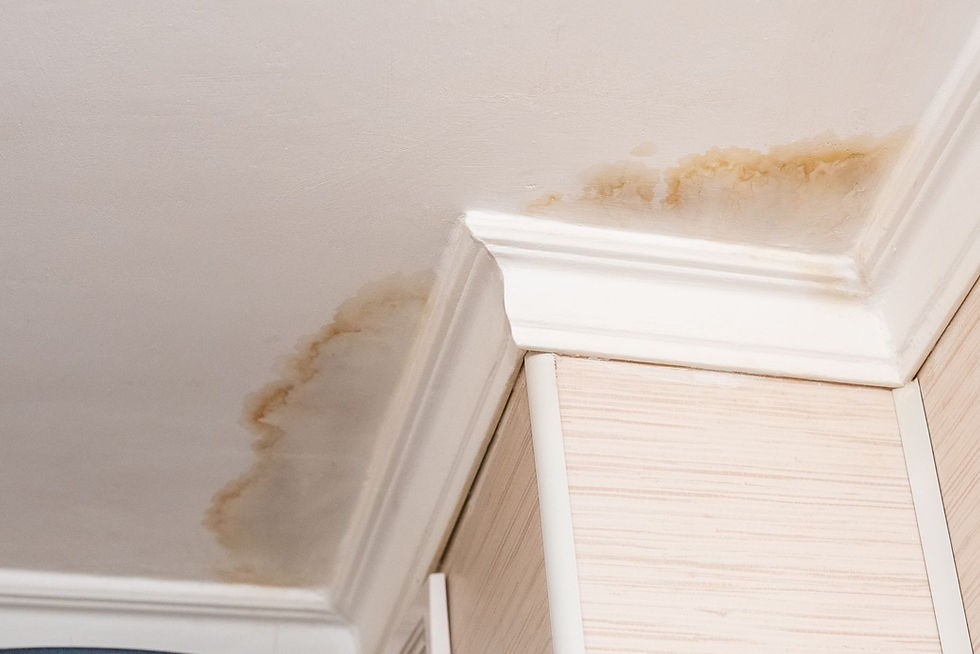Which Fixed Knot Fence Is Best For Your Application?
- Growing Texas

- Oct 18, 2021
- 2 min read
For eons, farmers, ranchers, and landowners have sought the most durable and efficient fence solution. Fencing technologies have progressed over time. From Wood fences to barbed wire to field fences, things have changed. Today, fixed-knot fences protect and serve.

Fixed Knot Fencing
Traditional field fences use a hinged-joint knot to join both vertical and horizontal wires. The vertical stay wire is wrapped around the line wire to create this knot. When more pressure is applied, this knot can produce a bent fence. The presence of fixed knots can assist with this problem. In addition, it employs a separate wire that's tightly wound and knotted around the line and stay wires, offering several benefits.
There are many different use cases for fixed knot fencing. Let's explore some of the different patterns available to landowners.
Cattle Fence Patterns
Beef and dairy cattle are the foundation of this nation's ranching heritage. Cattle fence patterns help protect valuable livestock, and it's ideal for enclosing pastures. Generally, the installation is similar to a five-strand barbed-wire fence. It is, however, up to 40% lighter and requires far fewer posts than barbed wire. As a result, labor costs get reduced.
The 949-12 pattern is an ideal option for cattle fences. The 12-inch spacing provides cost savings over greater distances and is suitable for boundary and pasture fences, as well as low-pressure locations. Another choice is 949-6, which has a 6-inch spacing and is excellent for internal and corral fencing and other high-pressure regions.
Fixed Knot Fence Patterns For Hogs
Feral pigs are a fast-growing threat to the United States. Texas alone has an estimated population of 2.6 million. Fortunately, a high-tension fixed knot fence pattern is effective for keeping livestock in and feral hogs out.
A 735-6 is an economical option that features 6-inch spacing, well suited for low-pressure areas. Other viable options include the 842-3 and 1348-3 patterns. The 3-inch spacing creates tighter gaps for predator control. Lastly, 842-6 and 949-6 patterns are ideal for fencing medium- to high-pressure areas.
Fixed Knot Patterns For Horses
Horse fixed knot fence options include 1348-3, 1661-3, 1748-3, and 1775-3 patterns. These are excellent for stalls, holding pens, runways, and other crowded spaces since the 3-inch spacing is exceptionally durable. But, again, different heights are available to best suit your needs.
Choosing The Right Fixed Knot Fence For Your Property
Choosing the correct fixed knot fence pattern for your property comes down to your Texas fencing needs. For example, are you building a livestock-proof fence? A hunting barrier? Or are you searching for a fencing solution that's more cost-effective than barbed wire?
By narrowing down your fencing needs, you can more easily determine which fixed knot fence is best for your property to protect valuable livestock, crops, or game animals.




Great job! The content is clear and easy to understand, and it effectively highlights the importance of topic.
Diesel trucks are known for their durability, power, and fuel efficiency, making them a popular choice for heavy-duty work like hauling and towing.
However, to keep these trucks running smoothly, regular diesel truck repair is essential.
Diesel truck repair ensures that the engine, transmission, and other key components are properly maintained,
allowing the truck to continue delivering reliable performance. With proper care, including timely diesel truck repair,
these trucks can last for many years, providing excellent service for drivers and businesses alike.